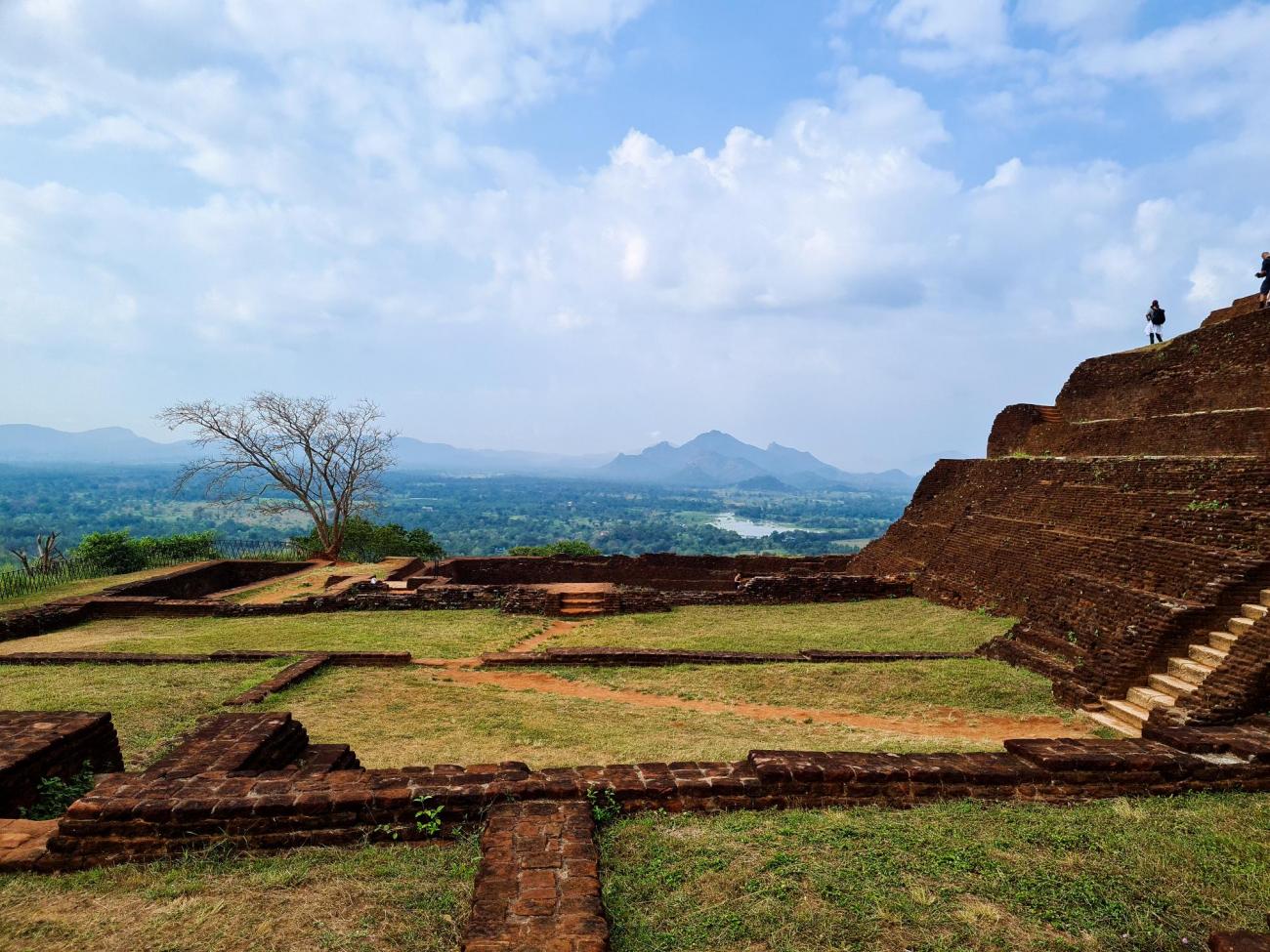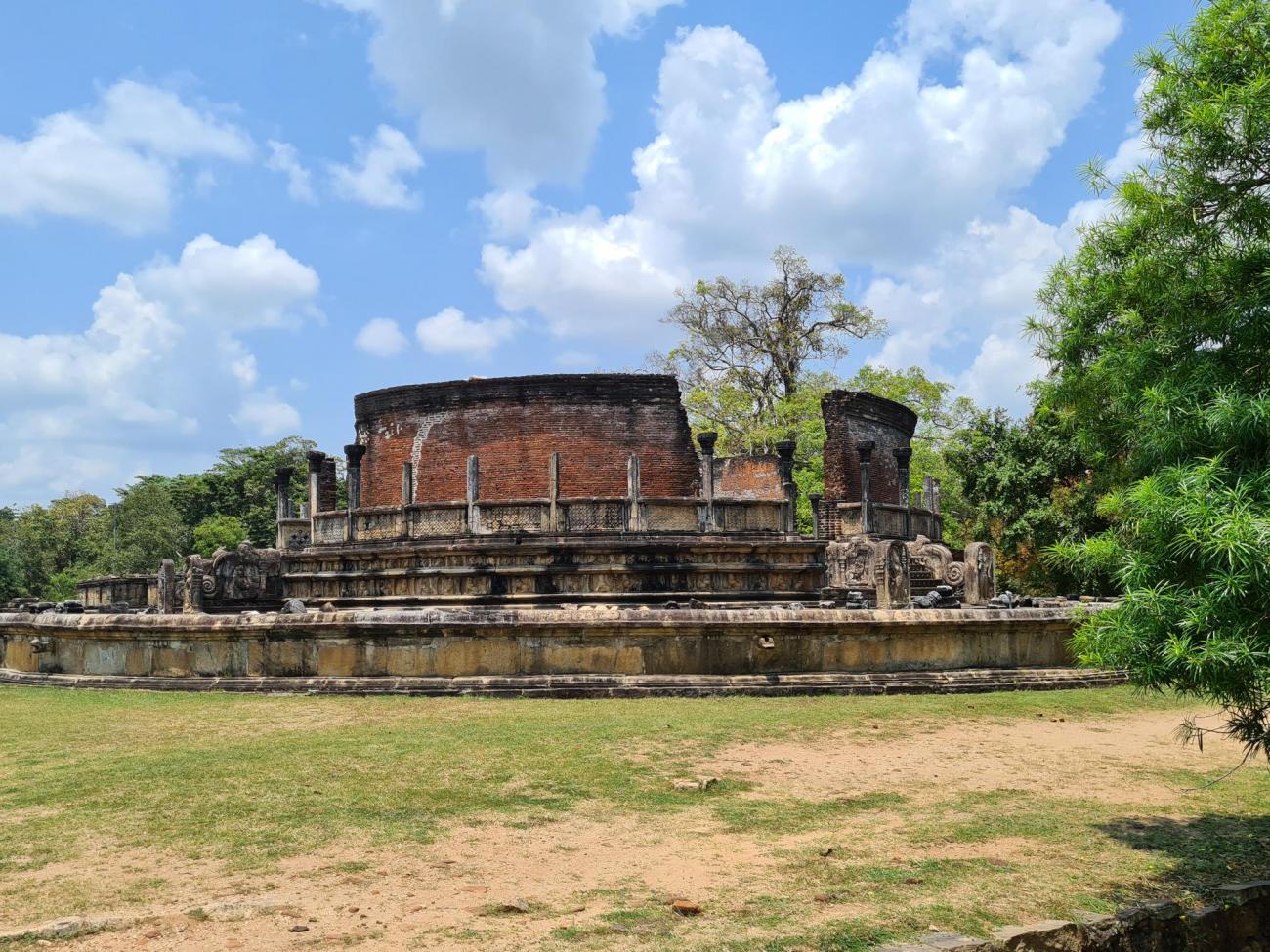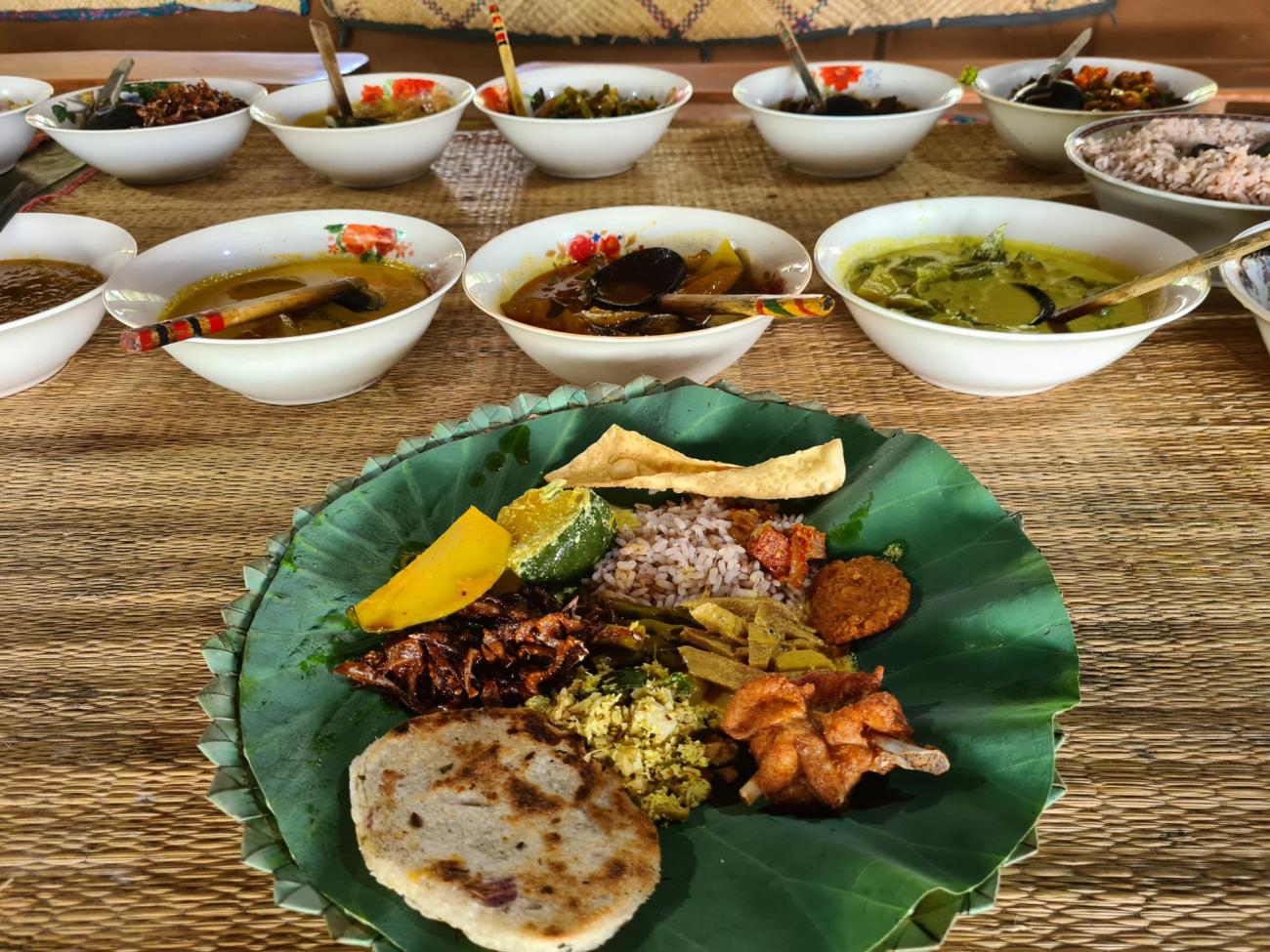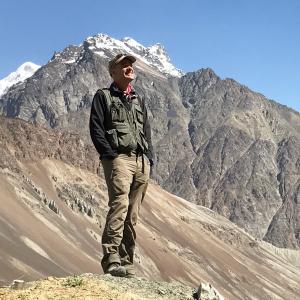
Those of you that follow our social media channels, watch our videos or tune in to our webinars will know that I like to use drones. Coming onto the market some 10 years ago these remarkable flying cameras allow us to take footage we could only dream of in the past and offer a completely different perspective on the world in which we travel.
Flying drones though is not as straightforward as you might think. For a start, it’s illegal to fly them in most countries. While I do understand the reluctance of some countries to have any Tom, Dick or Harry throwing these potentially hazardous objects into the air, and the security issues they pose, it is nonetheless frustrating. In the UK, to own and fly a drone you must undergo a test with the Civil Aviation Authority, and therefore be a competent ‘pilot’, and I for one have zero interest in filming military bases or strategically important bits of infrastructure. But here in Sri Lanka, a much more relaxed attitude is taken. If you go through the process of firstly registering your drone with the authorities and then applying for a licence to fly, you will be able to fly your drone more or less wherever you want. A very new experience for me.
And so it was that yesterday I got my drone out at what I think might prove to be the most ‘dronable’ site in the country, Sigiriya. Arriving at the UNESCO World Heritage site early in the morning gave me the perfect light to capture this amazing complex.
An extraordinary citadel sitting at the top of a huge outcrop of gneiss rock that rises 200m out of the flat jungle below, it is certainly an impressive site, somewhat similar to Machu Picchu. Constructed first as an impregnable fortress-cum-pleasure dome in the 5th century, it later became a place of worship and meditation for many of the county’s Buddhist monks. Climbing the thousand-odd vertiginous steps, especially in the heat and humidity of early summer, does require a degree of fortitude and nerve, but the views from the top are remarkable. As are the raunchy frescos that adorn the walls of one of the caves.
Before climbing to the top, I send the drone on a circuit of the rock, capturing the mighty column in all its morning glory.

But not everywhere is right for drone photography.
From here we visited the ruined former capital of Polonnaruwa. During its heyday in the 12th century, the city briefly represented one of the great urban centres of South Asia, with a citadel, royal palace, baths, council chamber, audience hall and the biggest stupa I have ever seen. However, as much of an impressive site that it is, with the exception of the mighty stupa, most of what is left is little over human height, so the advantages of flying cameras are limited.

But the highlight of the day for me was certainly not one for the drone; lunch at a small family-run restaurant on the road between these two famous sites was magical.
Realising they were sitting at a great location - as those that have visited Sigiriya in the morning would be heading to Polonnaruwa in the afternoon - Mr Deva and his family offer a traditional Sri Lankan lunch where their guest gets to choose between 25 different curries, five fried dishes and pudding of five succulent fruits. All the produce comes from the local area, most of it from their own small farm and is organic and totally sustainable – you eat your food from a lotus leaf with your fingers. And it’s delicious! The jackfruit, mango and wild cucumber curries, rich with all manner of spices, were my favourite but even the spicy dried fish dish was manageable and didn’t blow my head off. Being shown around the kitchen and seeing the women prepare the food was also a treat.
And isn’t that so often the way when travelling. It’s not necessarily the epic UNSECO sites that really move you. It’s the small moments, often with locals, sometimes as insignificant as a meal, that stay with you.
